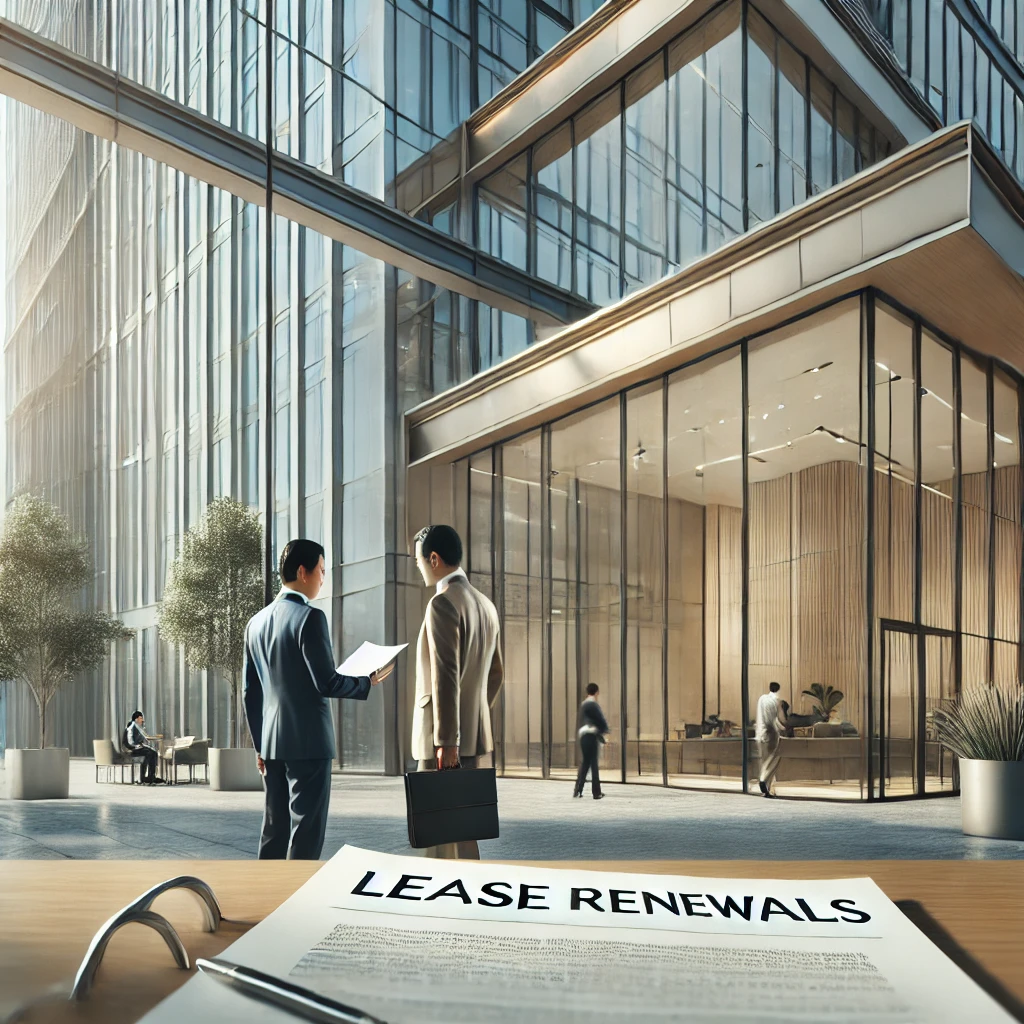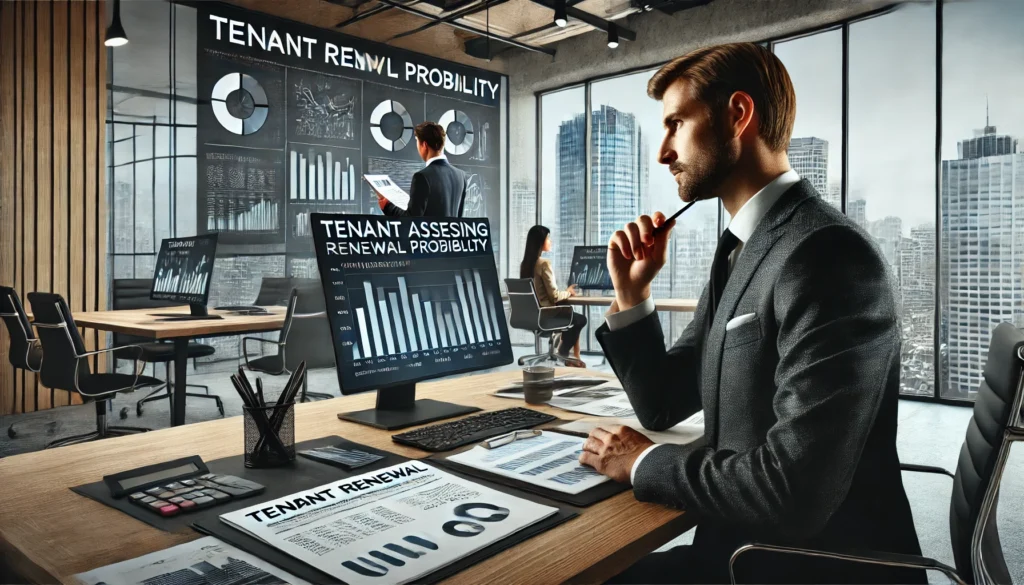In commercial real estate, understanding the concept of replacement cost is essential, especially for property owners and managers. Replacement cost refers to the total expense required to rebuild a property after a total loss, using materials and methods similar to the original structure. It plays a crucial role in insurance policies and financial planning. Knowing how to calculate this figure helps commercial property owners make informed decisions about their investments and insurance coverage, while also evaluating property value accurately.
How Replacement Cost is Calculated
Calculating replacement cost in commercial real estate involves various factors, such as current prices for construction materials, labor, architectural fees, and legal or regulatory costs. Unlike market value, which represents a property’s selling price, or actual cash value, which includes depreciation, replacement cost focuses solely on rebuilding expenses. Importantly, this calculation excludes the land’s value, as the land typically remains intact after a building is destroyed. Understanding this distinction ensures property owners have adequate insurance and protection against potential losses.
Assets Priced in Relation to Replacement Cost
Commercial properties are often assessed against their replacement cost, which influences insurance premiums and overall investment value. A property may be valued at, above, or below its replacement cost. If it’s valued at replacement cost, there’s a balance between its market value and rebuilding costs. Properties valued above replacement cost might reflect unique architectural features or historical importance, while those valued below might signal outdated facilities or that reconstruction costs exceed the property’s current value. Knowing where your property stands can shape your investment and insurance strategies.
Limitations of Replacement Cost
While replacement cost is a critical metric, it does have limitations. For example, a building constructed in the 1990s had lower material and labor costs than today’s standards, especially in a post-pandemic economy where supply chain disruptions have raised costs. This shows that replacement cost might not always capture a property’s full value or the actual expenses of rebuilding in current economic conditions. Property owners must consider how external factors may impact these calculations over time.
Grasping replacement cost in commercial real estate is crucial for accurate property valuation, insurance decisions, and financial planning. However, it has its limitations in fluctuating economic conditions. Consulting with a professional broker can provide deeper insights into your property’s value. If you’re seeking expert guidance or brokerage services, contact us to secure your investment and maximize your property’s potential.
Understanding the replacement cost of commercial real estate is essential, but it’s just one piece of the property valuation puzzle. While it provides critical data for insurance and financial planning, it has its limitations, especially in an ever-changing economic landscape. As a commercial property owner, it’s smart to consult with a professional broker who can give you a more detailed, personalized analysis of your property’s value. If you need further guidance or brokerage services, don’t hesitate to reach out. Let’s make sure your investment is secure and as profitable as possible.





